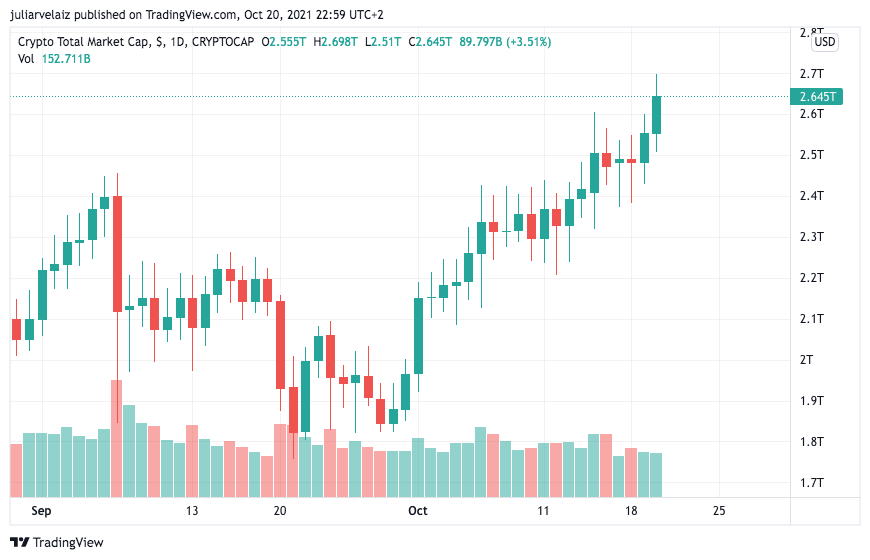- October 20, 2021
- Posted by: admin
- Category: BitCoin, Blockchain, Cryptocurrency, Investments
The possibility of issuing a cryptocurrency fills the Central Bank of Israel with enthusiasm. A digital shekel has come from merely a theory to a persistent search for possible solutions. Their pros and cons list seems to have grown, leading them to be on the lookout for answers and new ideas.
Back in June, Bank of Israel deputy governor Andrew Abir announced an internal pilot program in which they had issued a digital currency. With this, they intended to evaluate the possibilities to implement a real digital shekel and bring innovation to their economy, as explained in their draft model.
Related Reading | Bank Of Israel Bypasses Bitcoin With Plans For Digital Shekel(Opens in a new browser tab)
Among the interests the Bank of Israel has in mind, they need to find an innovative means of payment that can be cheap, easily used, preferred against cash, and would not fail during a breakdown or other unprevented situations.
They are also evaluating ways this would affect the general acceptance of commercial banks, the digital economy’s competition, and the user’s privacy. The project’s team is also pondering over new possible ways for currency conversion, cross-border payments, and how the model could apply to foreigners in Israel.
Digital Shekels Are Still Imaginary
In a previous report by Globes, Abir was not so hopeful about the CBDC chances:
I don’t know if the CBDC will happen in the next five years. (…) I estimated that the chances that there would be CBDC in five years was 20%. It’s risen a little over the past year, mainly because of other countries also focusing on it but there is still less than a 50% chance.
However, the trial is not about to give up neither settle before the many questions that have arisen find answers and solutions.
The technology they will implement has not been determined yet, but the trial started by using an Ethereum blockchain alike system. This is meant to examine the performance of an imaginary token for digital shekels, which they have been tying out by doing transfers among team members.
Gobles made a follow-up report where they quote Yoav Soffer, the project manager, during a recent conference:
We did a trial with Ethereum technology, not because we think that that’s necessarily the technology we’ll use, but because it was a technology that was available for us to get our hands dirty with, in order to understand its advantages and disadvantages,
The trials are not directly linked to Ethereum, and they are still far away from using real money. The project is still very young and mostly interested in learning from the possible behaviors of a digital coin and the ways it could be used.
Related Reading | eToro appoints Dr. Hedva Ber, Israel’s former Banking Supervisor, as Deputy CEO and Global COO(Opens in a new browser tab)
Industries Are Using Cryptocurrency
Industries around the world are starting to use crypto as payment. From important airlines to Tesla and even Starbucks, this is rapidly becoming one more advantage for the crypto industry.
Cash has been around 7000 years in human history, and we cannot even date with exactitude the start of the banking industry. As times change and the news is read on screens and not paper, digital coins are a major interest of many and they might help boost industries that were laid back during the pandemic, such as traveling and tourism.
As many countries have shown interest but very few have a cryptocurrency issued by their central bank, we might as well be at the start of a race that could help the future of the economy. There is yet to see whether commercial banks can find a way to get along with cryptocurrency.
While the world faces moments of crisis, cryptocurrencies keep popping up as still unknown but promising paths. If the BOI manages to make important advances and implements CBDC, this might bring tourism and commerce to their country.
